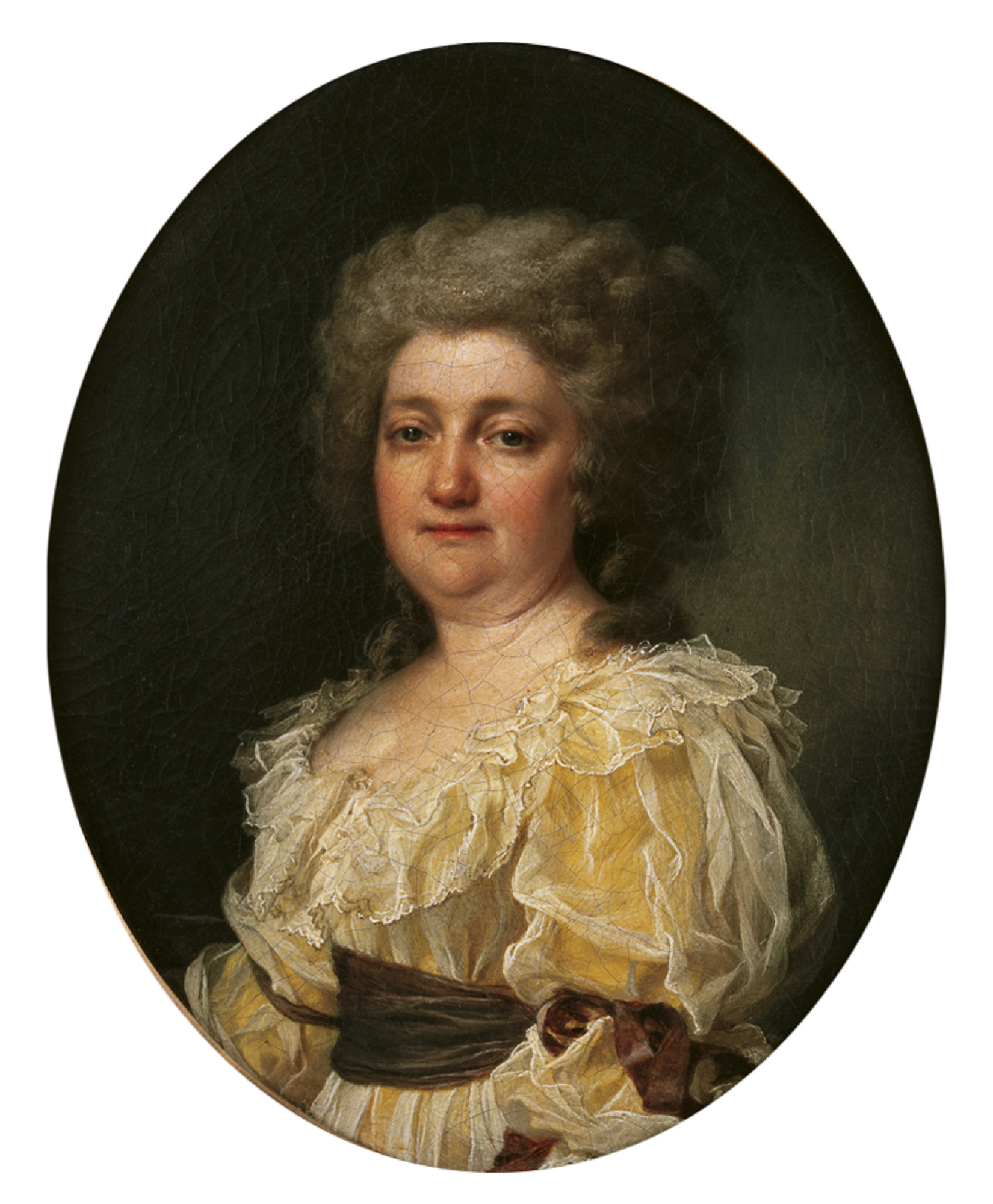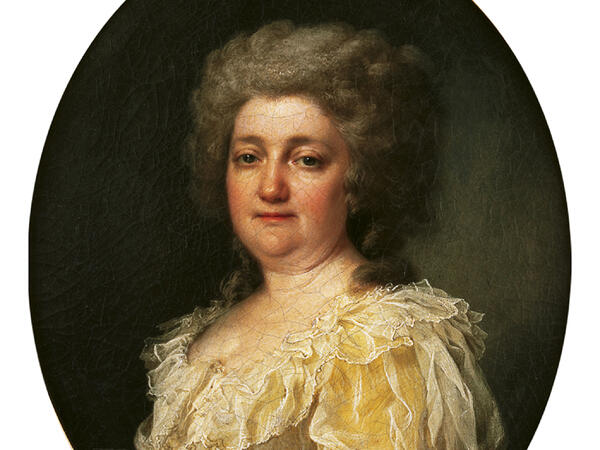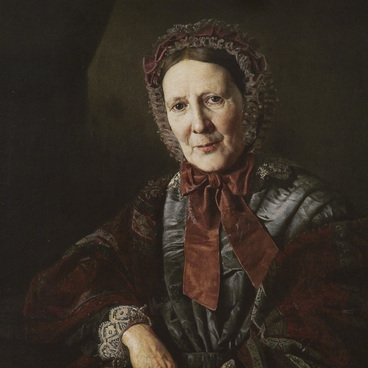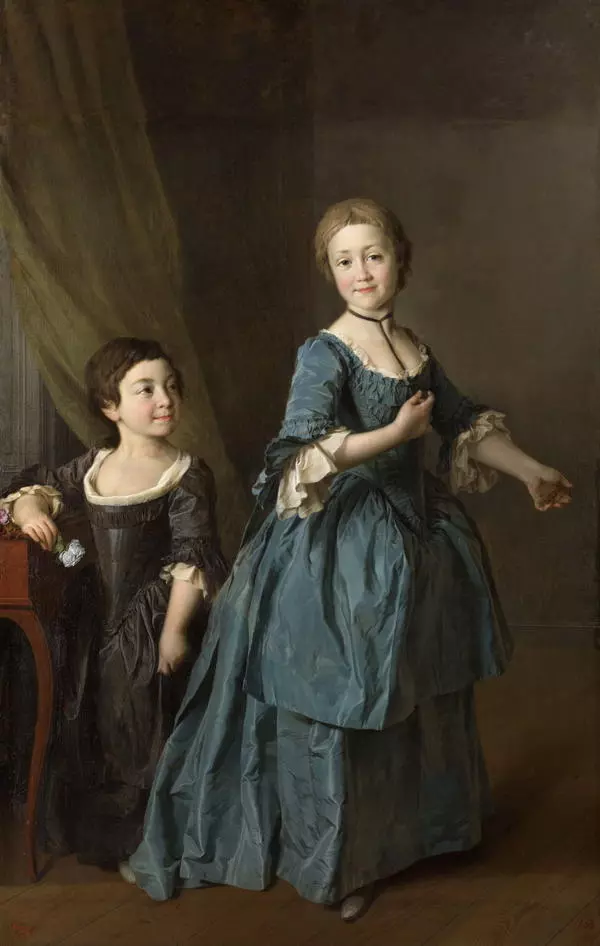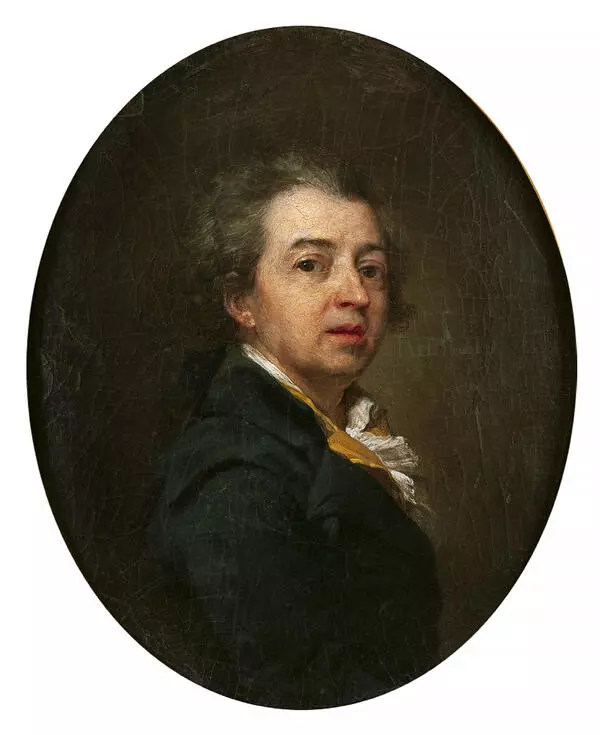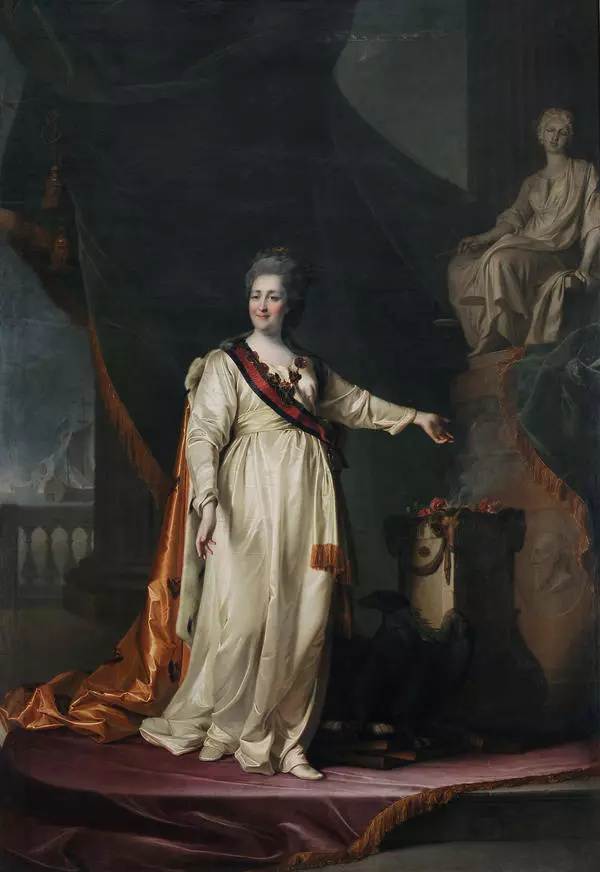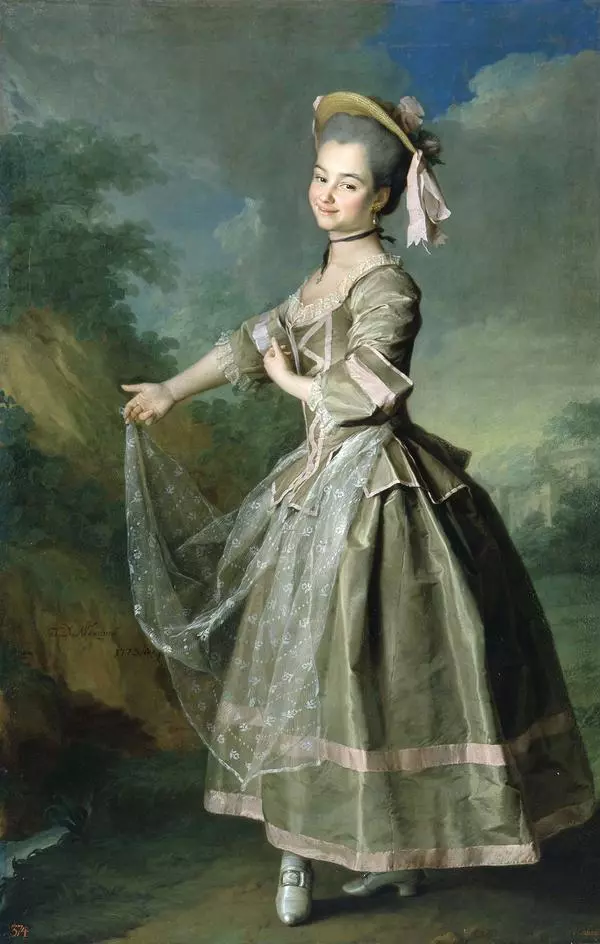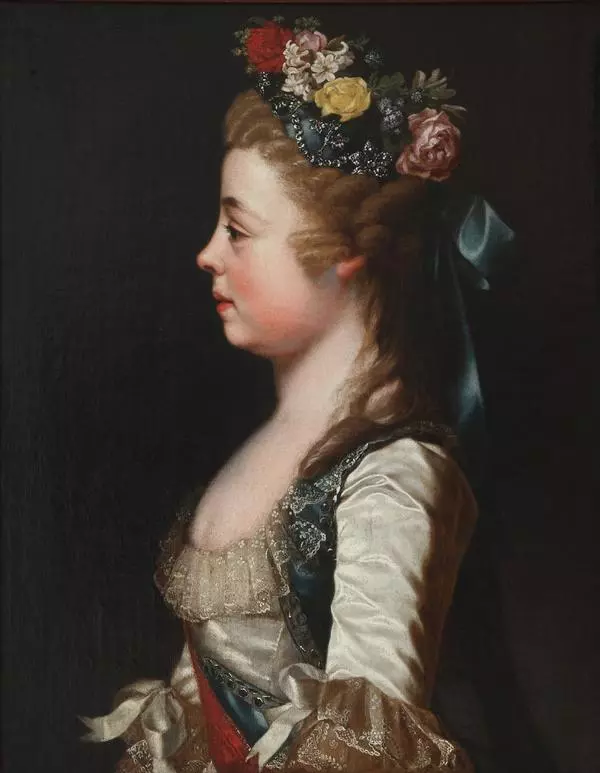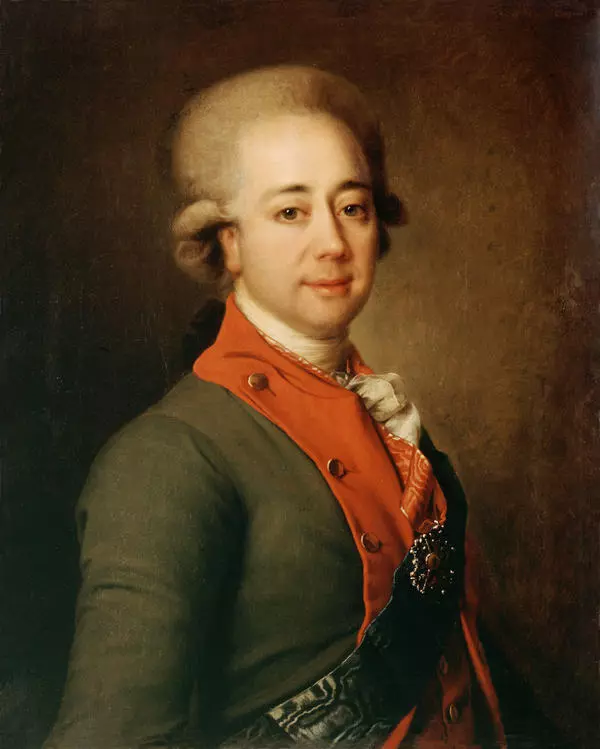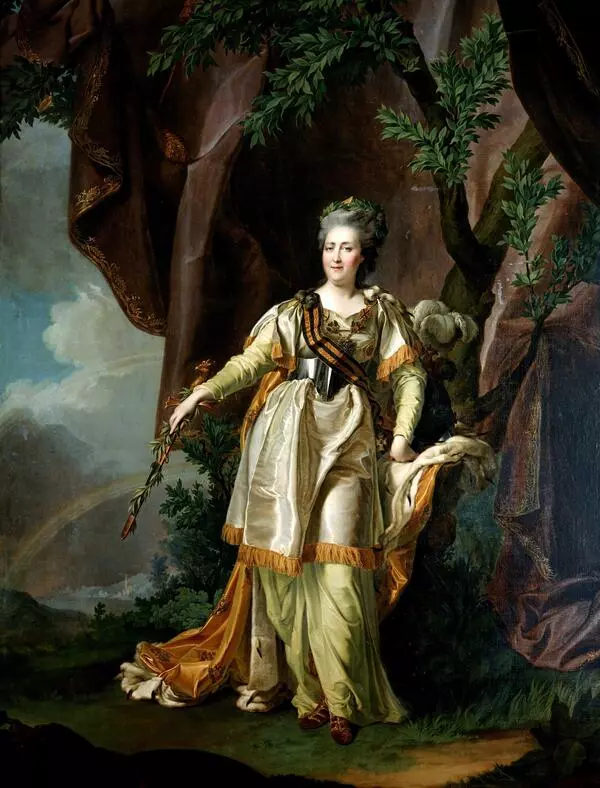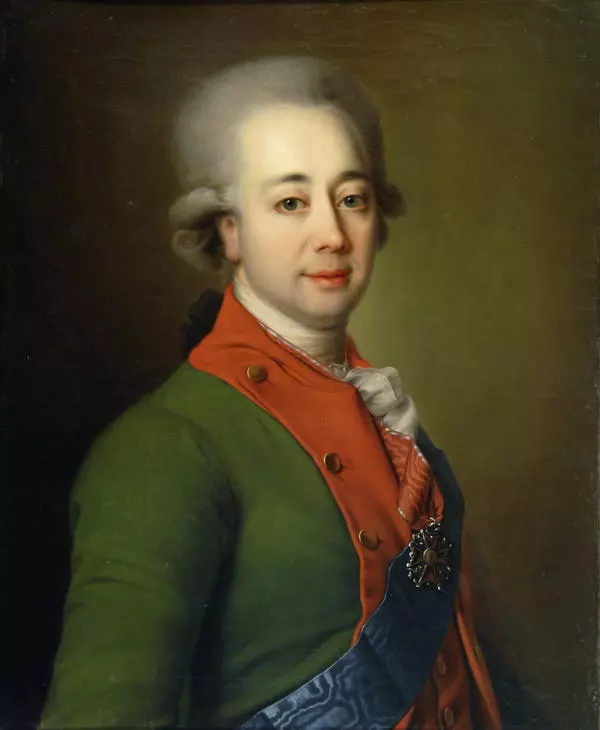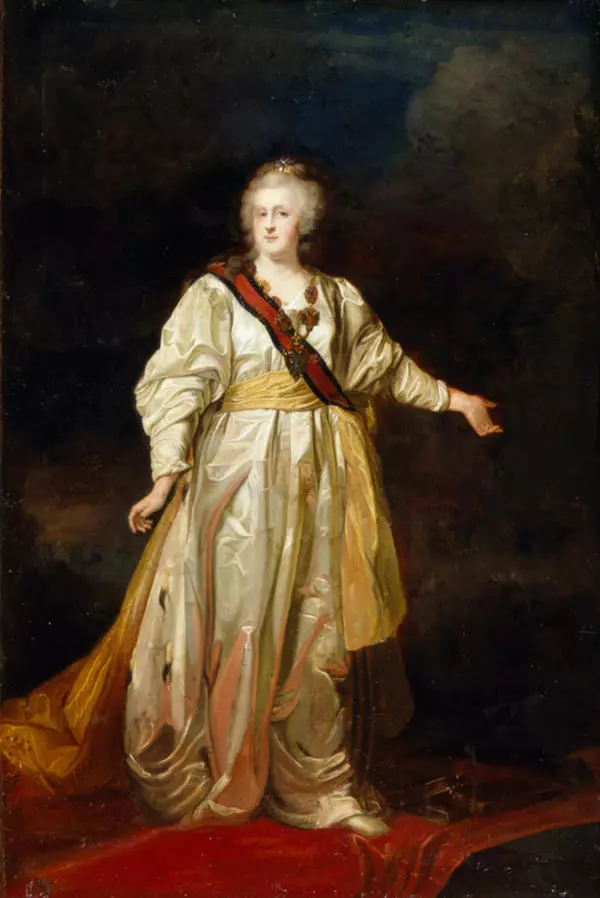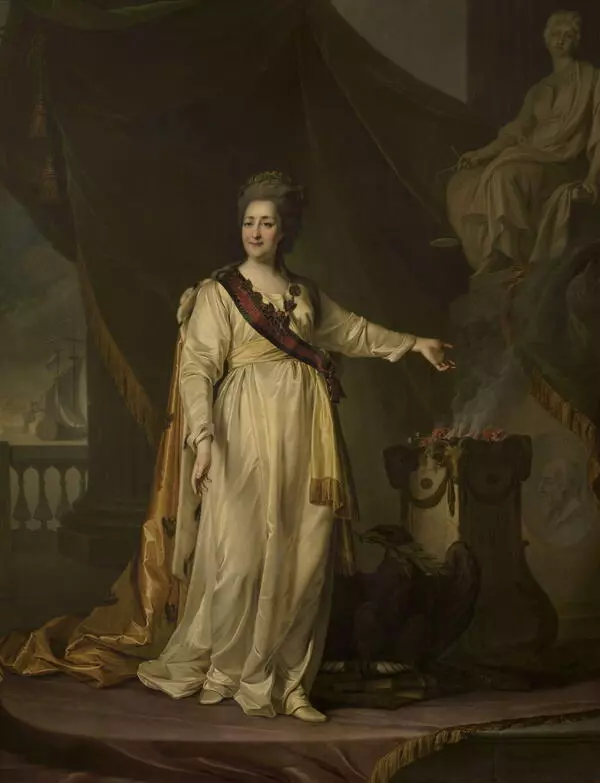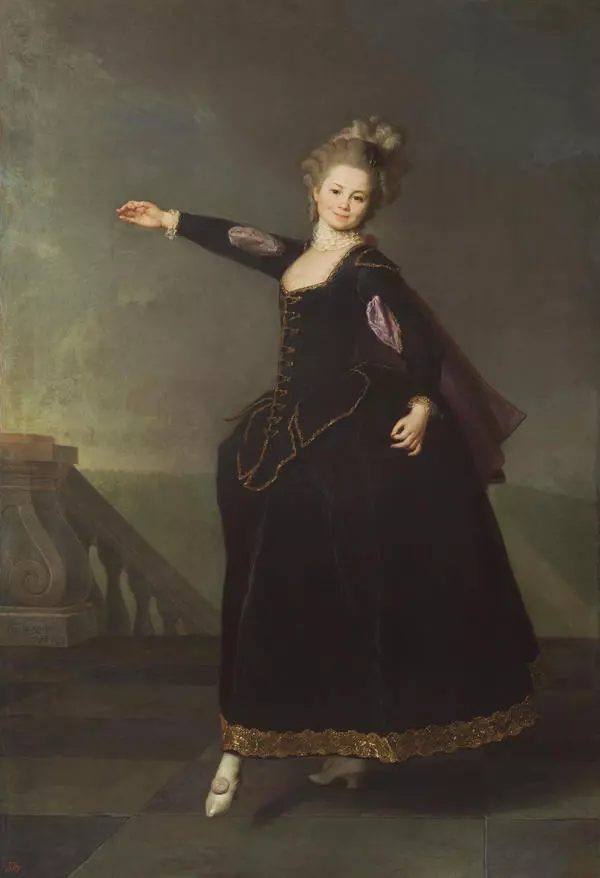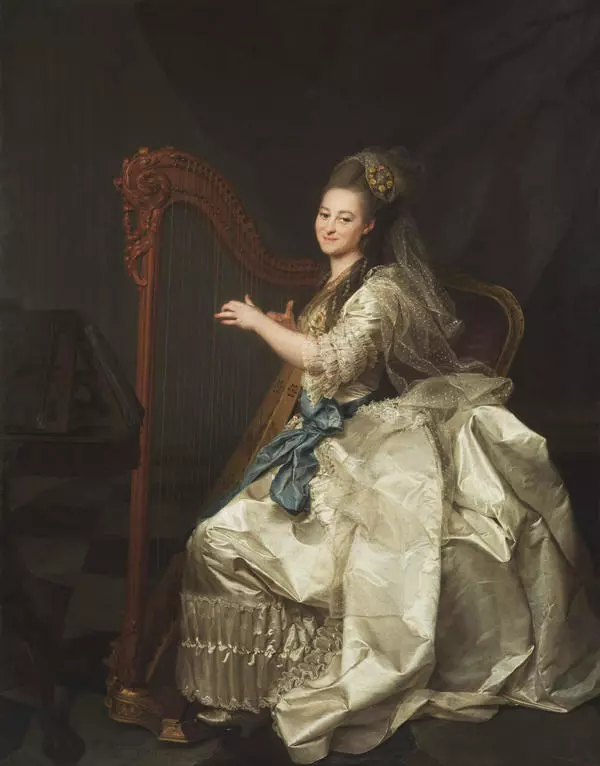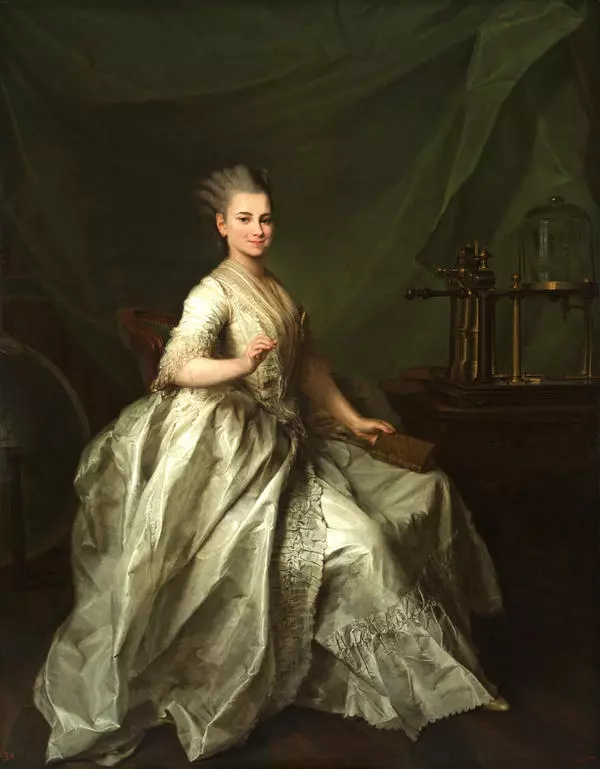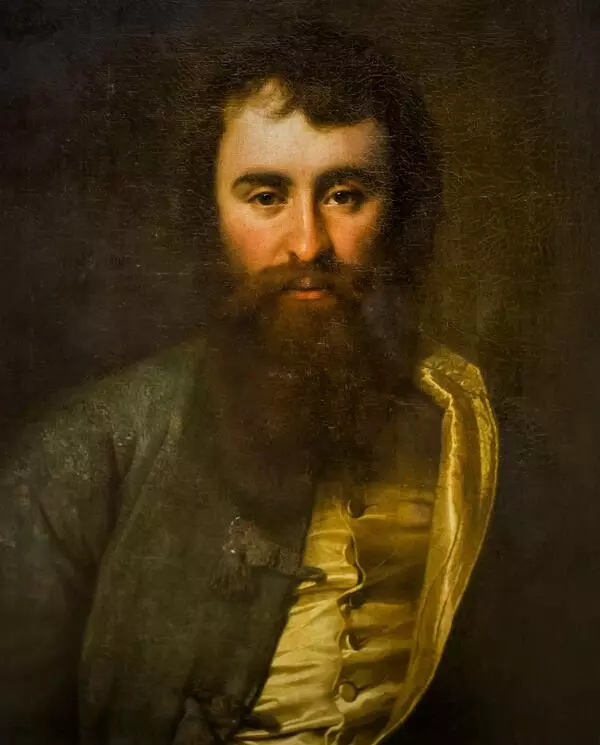Dmitry Levitsky was a master of ceremonial and intimate portraits, head of the portrait class at the Imperial Academy of Arts at the turn of the 18th–19th centuries. He was born about 1735 in Kyiv into the family of an engraver, his father taught Levitsky the basics of painting. In 1758, the artist moved to St. Petersburg.
All the nobility of that time posed for Levitsky: educator Nikolay Novikov, architect Alexander Kokorinov, French philosopher Denis Diderot, Minister of Justice Ivan Dmitriyev. Count Artemy Vorontsov commissioned portraits of all members of his family. Levitsky also painted a portrait of the Russian Empress Catherine II.
The Chelyabinsk State Museum of Fine Arts displays the couple portraits — Levitsky’s self-portrait and the one of his wife, Anastasia (Nastasya) Levitskaya.
Very little is known about the artist’s wife. In the confessional murals, i.e. the church census, one can find out that Nastasya Levitskaya was eleven years younger than her husband and was born approximately in 1747. She was characterized by a domineering character. According to the registers of births, the Levitskys had three children, but the sons Grigory and Alexey died in infancy. The portrait of Agafia, their daughter, created by Levitsky, is housed in the State Russian Museum. Nastasya Levitskaya died at the age of 88 in St. Petersburg.
The image of the artist’s wife is created in the traditions of an intimate portrait. She is depicted chest-length against a neutral background, in contrast to a full-length or waist-length ceremonial portrait with decorations in the spirit of antique architecture. In the intimate portrait, the masters strove to convey not only the external resemblance to the model, but also to show their moral qualities. In the portrait by Levitsky, the character looks at the viewer slightly tired and haughtily.
The popularity of the intimate portrait was explained quite simply: it was fashionable to have family portrait galleries in the noble estates. In Russia, the first portrait gallery was created by the famous engraver Johann Stenglin at the Academy of Sciences in the middle of the 18th century during the reign of Empress Elizabeth Petrovna. The collection was dedicated to the Russian sovereigns and members of their families. Manor portrait galleries of the 18th century imitated the imperial galleries, but were different in that they placed images of their ancestors there. Such portrait collections were meant to perpetuate the family and testify to the noble origin of the owners.
All the nobility of that time posed for Levitsky: educator Nikolay Novikov, architect Alexander Kokorinov, French philosopher Denis Diderot, Minister of Justice Ivan Dmitriyev. Count Artemy Vorontsov commissioned portraits of all members of his family. Levitsky also painted a portrait of the Russian Empress Catherine II.
The Chelyabinsk State Museum of Fine Arts displays the couple portraits — Levitsky’s self-portrait and the one of his wife, Anastasia (Nastasya) Levitskaya.
Very little is known about the artist’s wife. In the confessional murals, i.e. the church census, one can find out that Nastasya Levitskaya was eleven years younger than her husband and was born approximately in 1747. She was characterized by a domineering character. According to the registers of births, the Levitskys had three children, but the sons Grigory and Alexey died in infancy. The portrait of Agafia, their daughter, created by Levitsky, is housed in the State Russian Museum. Nastasya Levitskaya died at the age of 88 in St. Petersburg.
The image of the artist’s wife is created in the traditions of an intimate portrait. She is depicted chest-length against a neutral background, in contrast to a full-length or waist-length ceremonial portrait with decorations in the spirit of antique architecture. In the intimate portrait, the masters strove to convey not only the external resemblance to the model, but also to show their moral qualities. In the portrait by Levitsky, the character looks at the viewer slightly tired and haughtily.
The popularity of the intimate portrait was explained quite simply: it was fashionable to have family portrait galleries in the noble estates. In Russia, the first portrait gallery was created by the famous engraver Johann Stenglin at the Academy of Sciences in the middle of the 18th century during the reign of Empress Elizabeth Petrovna. The collection was dedicated to the Russian sovereigns and members of their families. Manor portrait galleries of the 18th century imitated the imperial galleries, but were different in that they placed images of their ancestors there. Such portrait collections were meant to perpetuate the family and testify to the noble origin of the owners.
